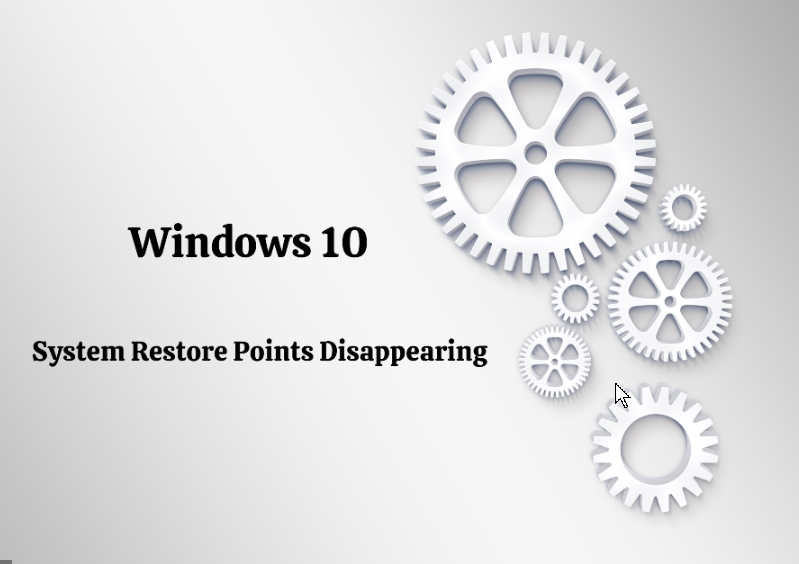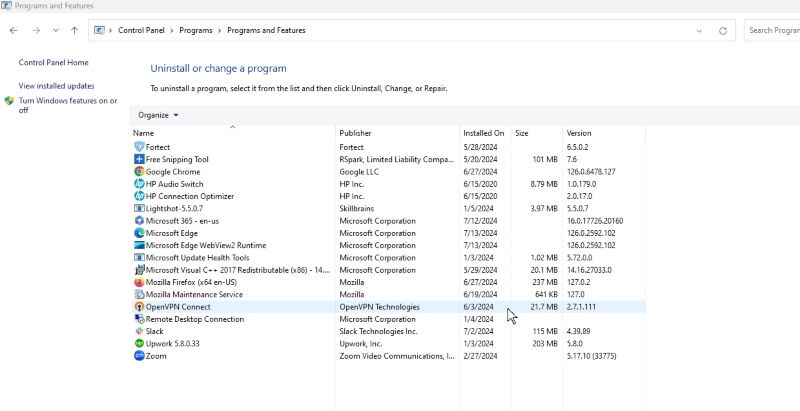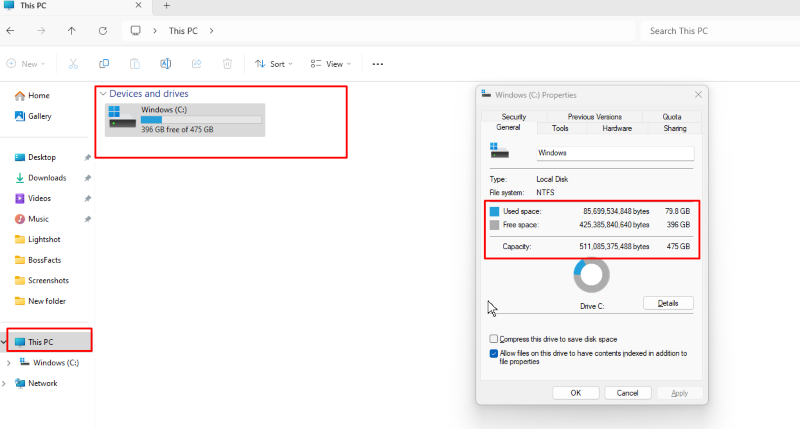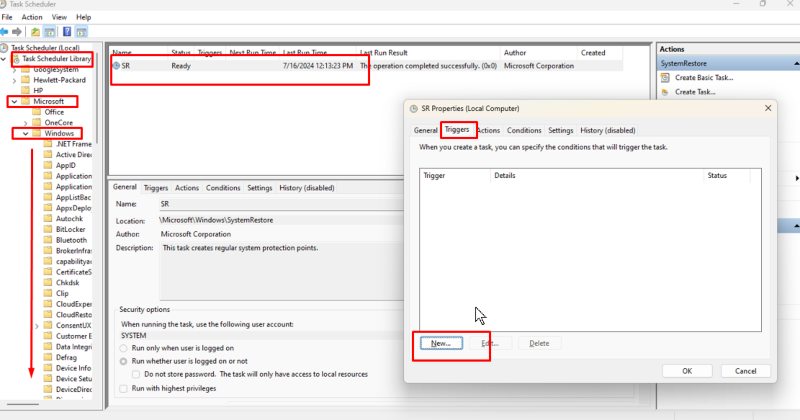How to Fix Windows 10 System Restore Points Disappearing
System Restore Points are a crucial feature in Windows 10, allowing users to revert their System to a previous state in case of issues. However, many users have reported that their restore points are mysteriously disappearing.
We will examine the causes of this problem and provide practical solutions to ensure your System restore points remain intact and accessible when needed.
Causes of Windows 10 System Restore Points Gone Missing

- Insufficient disk space
- Corrupted system files
- Problematic third-party programs
- Disabled Volume Shadow Copy service
- Malware or virus infections
- Windows updates gone wrong
- Incorrect system settings
8 Ways to Solve Windows 10 System Restore Points Disappearing
Check and Remove Problematic Programs
Some third-party programs, particularly antivirus software, can interfere with the System Restore feature. Identifying and removing these problematic applications often resolves the issue of disappearing restore points.

Steps:
- Open Control Panel
- Go to “Programs and Features.”
- Review recently installed programs
- Uninstall any suspicious or unnecessary software
- Restart your computer and check if restore points are now being created
Disable and Enable System Restore
Sometimes, simply toggling the System Restore feature off and on again can reset the functionality and resolve issues with disappearing restore points.
Steps:
- Right-click on “This PC” and select “Properties.”
- Click on “System Protection” on the left
- Select your System drive and click “Configure.”
- Click “Disable system protection” and apply
- Restart your computer
- Re-enable system protection following the same steps
Check Disk Space Usage
System Restore requires adequate free disk space to create and maintain restore points. Ensuring sufficient free space can prevent restore points from being automatically deleted.

Steps:
- Open File Explorer
- Right-click on your System drive (usually C:)
- Select “Properties.”
- Check the available free space
- If low, use Disk Cleanup to free up space
- Consider increasing the allocated space for System Restore in System Protection settings.
Check Volume Shadow Services
The Volume Shadow Copy service is essential for System Restore to function correctly. Ensuring this service is running can resolve issues with disappearing restore points.
Steps:
- Press Windows key + R, type “services.msc” and press Enter
- Locate “Volume Shadow Copy” in the list
- Double-click it and ensure “Startup type” is set to “Automatic.”
- If the service is stopped, click “Start.”
- Click “Apply” and “OK.”
Check Corrupted System Files
Corrupted system files can cause various issues, including problems with System Restore. Running a system file check can identify and repair these corrupted files.
Steps:
- Open Command Prompt as administrator
- Type “sfc /scannow” and press Enter
- Wait for the scan to complete
- Restart your computer and check if restore points are now being created
If corrupted files are detected, you have two main repair options. You can use the built-in System File Checker utility or opt for third-party Windows repair tools for a more comprehensive solution.
Fortect is an all-in-one PC solution that automatically scans your system for corrupted files, provides real-time notifications, and fixes registry issues. It can also replace corrupted system files with clean copies and remove unnecessary junk files.

Using a tool like Fortect can resolve the underlying causes of the disappearance of Windows 10 system restore points.
Download and install Fortect now.
Check Restore Points in Safe Mode
Booting into Safe Mode can help determine if a third-party program or driver is causing issues with System Restore.
Steps:
- Restart your computer and press F8 during boot to enter Safe Mode
- Once in Safe Mode, check if restore points are available
- If they are, a third-party program in normal mode may be the culprit
- Exit Safe Mode and investigate recently installed programs or drivers
Change Triggers in Task Scheduler Properties
Modifying the triggers for creating restore points can ensure they are made more frequently and consistently.

Steps:
- Open Task Scheduler (type “Task Scheduler” in the Start menu)
- Navigate to Task Scheduler Library > Microsoft > Windows > SystemRestore
- Right-click “SR” on the upper part of the screen and select “Properties.”
- Go to the “Triggers” tab and click “New.”
- Set up daily or weekly triggers as desired
- Click “OK” to save changes
System Restore Point Alternative
While troubleshooting System Restore issues, consider alternative backup methods to ensure your System’s safety.
Steps:
- Use the Windows Backup and Restore feature
- Create a system image
- Use third-party backup software for more comprehensive protection
- Regularly back up important files to an external drive or cloud storage
Conclusion
Disappearing System Restore points can be a concerning issue, but with these solutions, you can often resolve the problem and ensure your System’s safety net remains intact. Remember to regularly check your System Restore settings and create manual restore points before making significant changes to your System. If issues persist, consider seeking assistance from Microsoft support or a professional technician.
Maintaining a healthy System Restore function and implementing alternative backup strategies can safeguard your Windows 10 system against potential issues and ensure quick recovery when needed.




